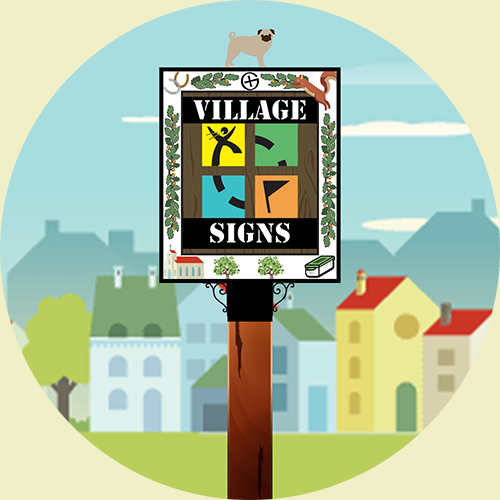
Although situated just a mile to the south-east of urban St Mary Cray, Kevington (also spelt Kevingtown) is a rural hamlet, with farms, nurseries and old cottages.
The name may come from Old English words meaning ‘place on a small hill’ or it may have related to a landowner named Cyfa. The Ordnance Survey map of 1876 shows Kevingtown and Kevington as two separate places – the former at the top of the hill, the latter on its western slope – but this could have been the consequence of some cartographic confusion.
The manor of Kevington was in the hands of the related Manning and Onslow families from the late Middle Ages to the mid-18th century, when Middleton Onslow sold it to Herman Behrens (or Berens), a City merchant from Amsterdam who commissioned the construction of Kevington Hall (c.1767–9).
Completed in 1769, the house is – at least in part – the work of Sir Robert Taylor, who was also responsible for Danson House and for the enlargement of the Bank of England. Behrens imported the building materials from around Europe: the red clinker bricks came from Amsterdam, tiles from Heidelberg and marble from Livorno.
Behrens’s descendants held the property until the Second World War, when the government requisitioned it to accommodate Canadian troops. Afterwards, Kent county council used the hall as a primary school until the early 1980s.
Next door to Kevington Hall, Shawcroft special school was designed by Sir Roger Walters of the GLC architects’ department and built in 1974 in a woodland setting.
The hamlet lacks any amenities for residents or visitors and the former Kevington Arms (as it was in the 17th century) is now a house called Blueberry Farm.
You are looking for a magnetic film pot.
About Village Sign Caches
|
 ⠀ ⠀ |
This cache belongs to the Village Sign Series, a series of caches based on ornate signs that depict the heritage, history and culture of the villages that put them up (generally on the village green!).
The signs can be made of different materials from fibreglass to wood, from forged steel to stone. They can depict anything from local industry to historical events. The tradition probably started in Norfolk or Suffolk and has now spread across most of the country so we thought we would base a series on them!
|
More information, bookmarks and statistics can be found at the Village Signs Website
If anybody would like to expand the Village Sign Series, please do.
I would ask that you request a number for your cache first at www.villagesignseries.co.uk
so we can keep track of the Village Sign numbers and names to avoid duplication.